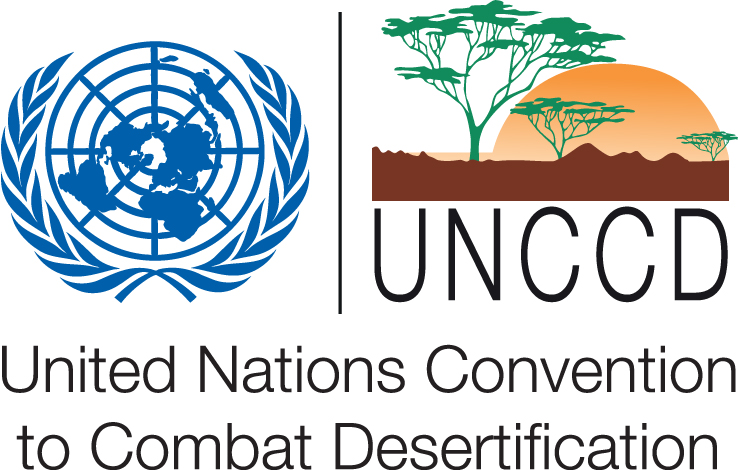In Mongolia, Nomads Fight a Different Enemy: Advancing Desert

Original article in Digital Journal
The method Bao adopted is a mix of two techniques: sand dune checks and the mulch. In the first one, tiny squares are made with in the sand with dry straw planted around them. Once the square of check is created, a sapling – usually a drought-resistant variety - is planted in the middle of it. Bao Yongxin has planted at least 3 varieties of them: ‘Caragana’, ‘Yellow willow’ and ‘Artimesia’. The last one – Artemesia – is known as the ‘pioneer grass’ as it dies after about a year, allowing other plants to grow. The second technique is known as the Mulch in which tiny beds of straw are laid on the sand using as a covering.
According to Mansour N’Diaye, Chief of Cabinet, United Nations Convention to Combat Desertification (UNCCD), both these techniques are used to retain moisture in the soil, suppress weeds and keep the sand cool. Organic mulches also help improve the soil’s fertility, as they decompose, and help increase the growth of the sapling planted. The techniques are now also being used by desert dwellers in Iran and in Namib and Kalahari deserts in Africa. “It is extremely important to combat the desertification and save the land that is our main basket of bread,’”says N’Diaye.
Read more: http://www.digitaljournal.com/article/325788#ixzz1wXxxh4Z0

